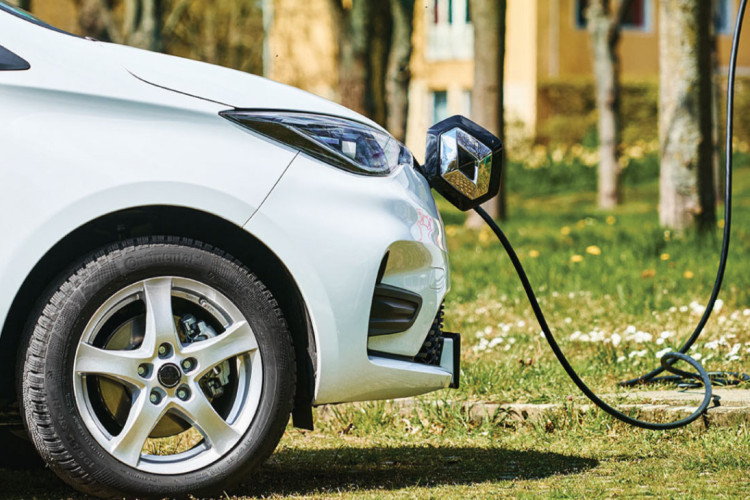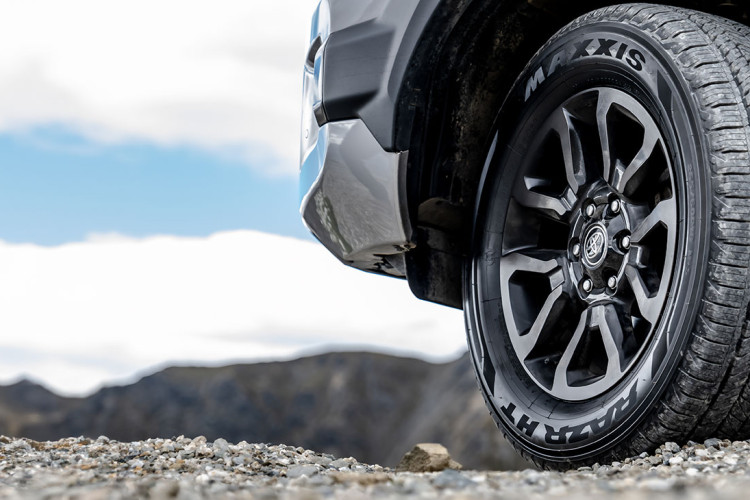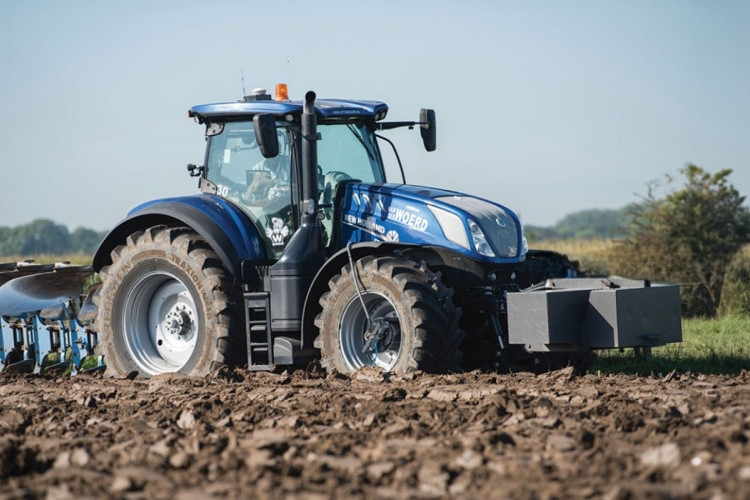What’s going on with tyre prices?
We know, everything is going up. Prices are raging out of control for so many things and the world has gone a little crazy. Think about it for a second, a fancy bottle of water will set you back more than a litre of diesel. Diesel has doubled in price and milk is twice the price of diesel, despite coming from approximately 1.2 million kilometres closer. The morning bowl of cornflakes now costs about $126 and there’s an entire generation of children growing up who will consider cheese and capsicums a fine delicacy to be consumed only on special occasions. And then there’s tyres, what’s going on with them? Well, it’s a little like this…

Wait… what about natural rubber you ask? That’s seen a price rise too. Natural rubber comes from sources close to the equator. It’s not an area known to be a hub of commerce, meaning the natural rubber has to be transported to where the tyre factories are. That costs quite a bit, so ‘landing’ natural rubber for production is more expensive.
Then there’s Carbon Black. It’s as essential as salt on your fish and chips, and adding it to tyres was one of the most pivotal moments in tyre manufacturing history. It’s Carbon Black that gives tyres strength and durability. Without it, they would be weak and fall apart quicker than a <insert a rugby team you dislike here> scrum.

The issue with carbon black is it’s a manufactured material. Producing it requires oil to be burned. Oil has risen in price, as has the energy needed for the rest of the production process. As with synthetic rubber, this upwards trajectory started around July 2020. Then Russia decided to invade Ukraine in February 2022 and the increases became even steeper. Whilst the price of oil and energy both remain high, production costs for carbon black will be elevated.



Yes, everything takes longer and costs more. Freight prices generally started rising at the same time as everything else, July 2020. The cost of a shipping container has increased approx. US$7500 since then. Say there’s 800 tyres in a container (sometimes there’s more, sometimes less) that makes it US$15 extra per tyre in freight costs alone. We should also note, it’s not just the shipping portion that is impacting prices. Transporting tyres to the ship and from the ship has also become more expensive.


Add all this up and you get a big increase in tyre prices. It’s an almost perfect storm of circumstance and it has led to a seemingly continual rise. Of course, what goes up must come down at some point so there will be a correction. It’s just that we don’t know when. For now, the best advice we can give is to ask about the quality of the tyres when you buy them. Tyres can vary in price significantly but better quality tyres will usually offer the best returns over their lifespan. More importantly, they’ll almost undoubtedly provide a safer driving experience for you and your family. If you’re in any doubt - we’re always here to answer any questions you may have.

Stay safe out there. And put that capsicum back on the shelf. At the current price, grow your own.

Want to get more for your money?
These are the tyres we know are worth your hard-earned dollars.
More tips and articles

Tyres for Electric Vehicles

Product Spotlight:
Maxxis HT780 RAZR HT

